Day 15 - Iwaya to Karatsu, and Visiting The Ancient Rock Carvings in Udono Seki Cave, The Kyushu 108 Temple Pilgrimage, Japan
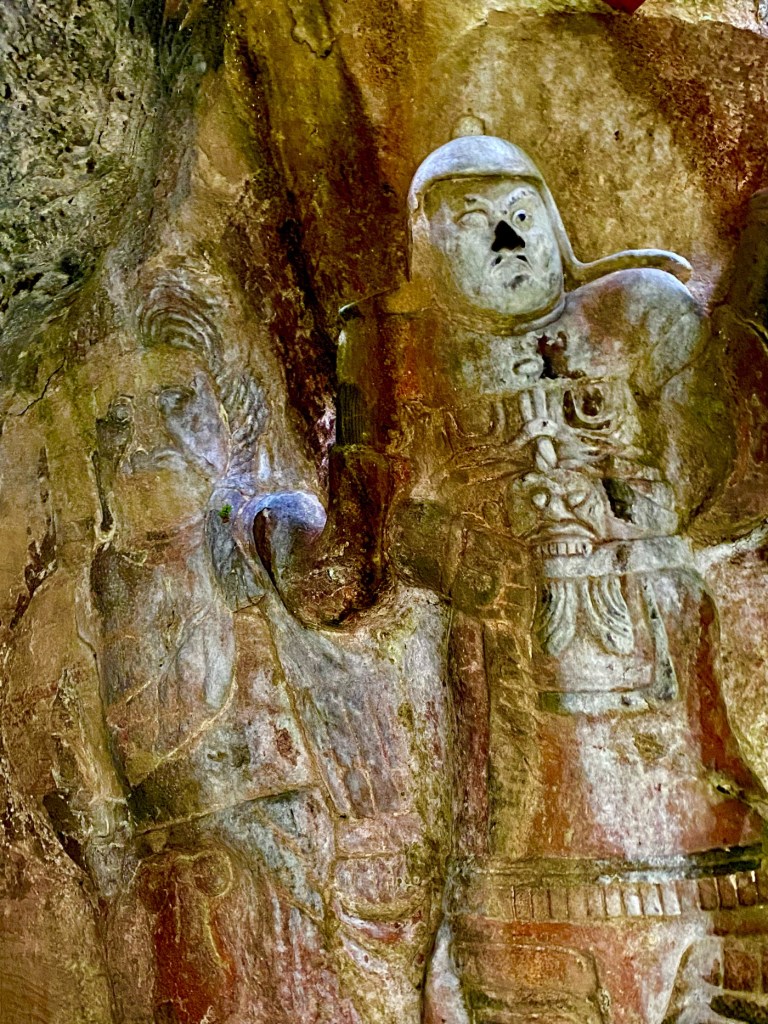

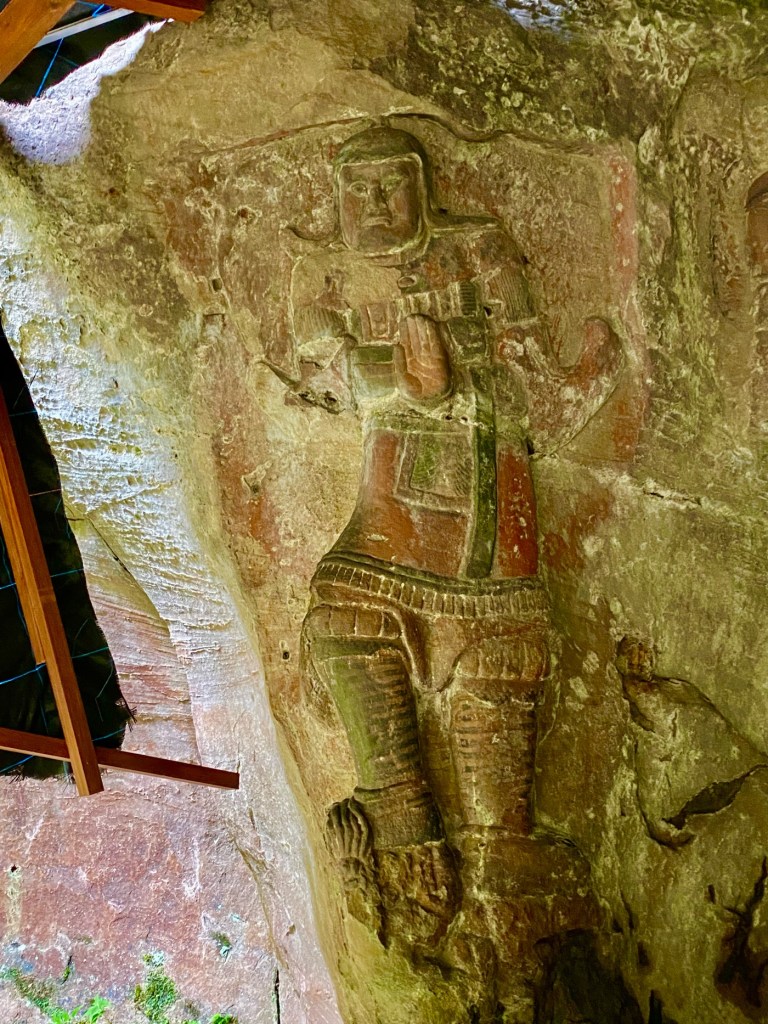










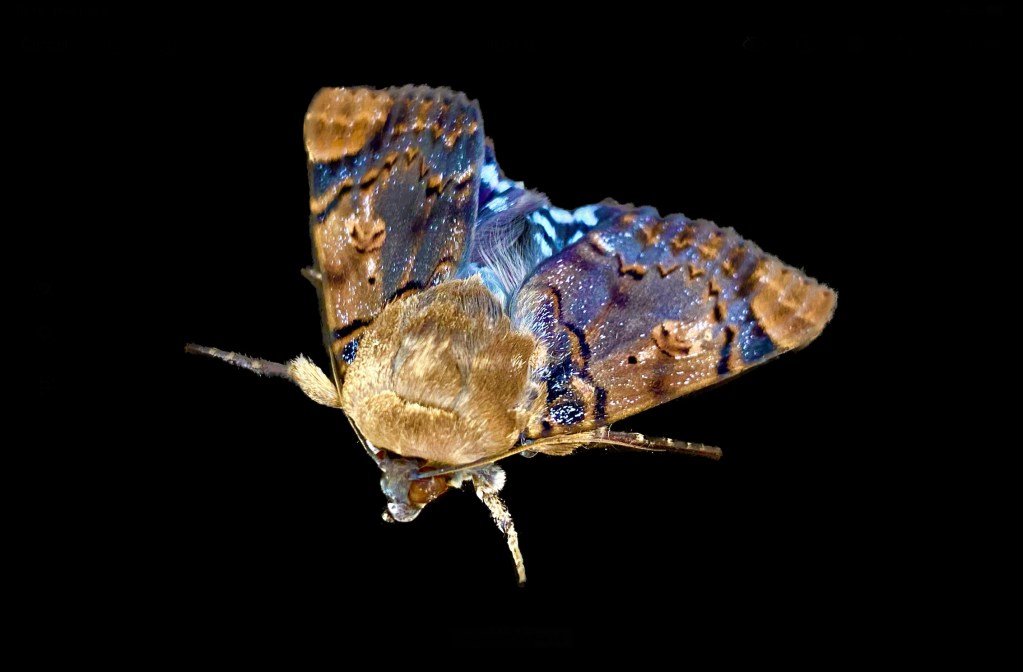


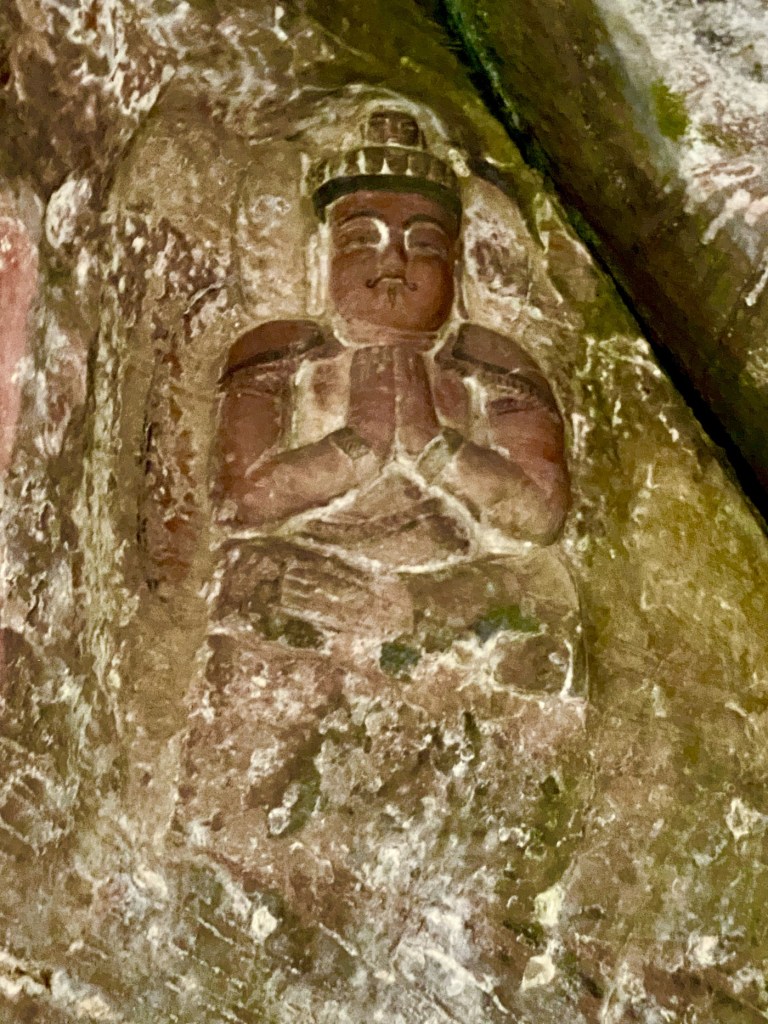

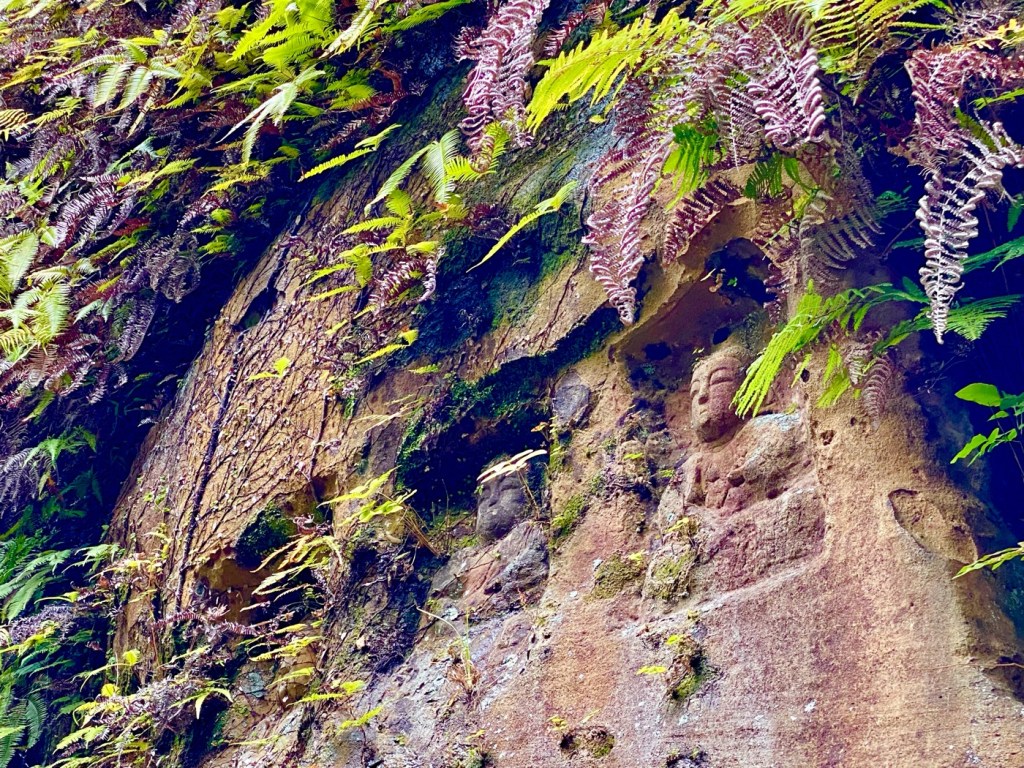



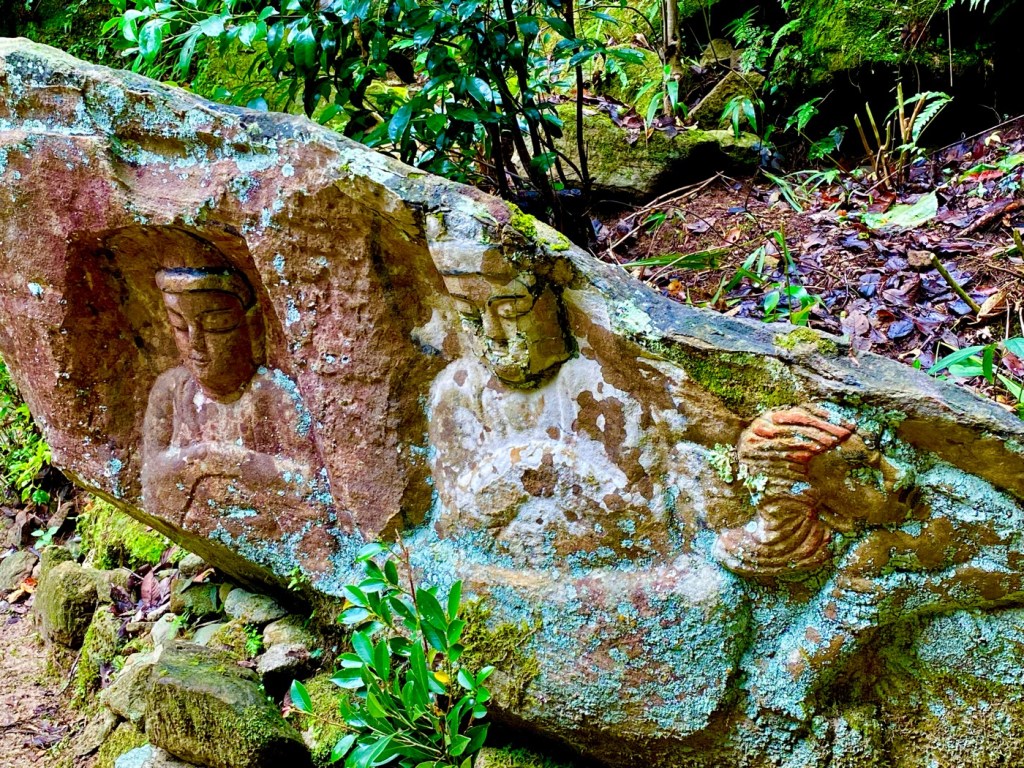

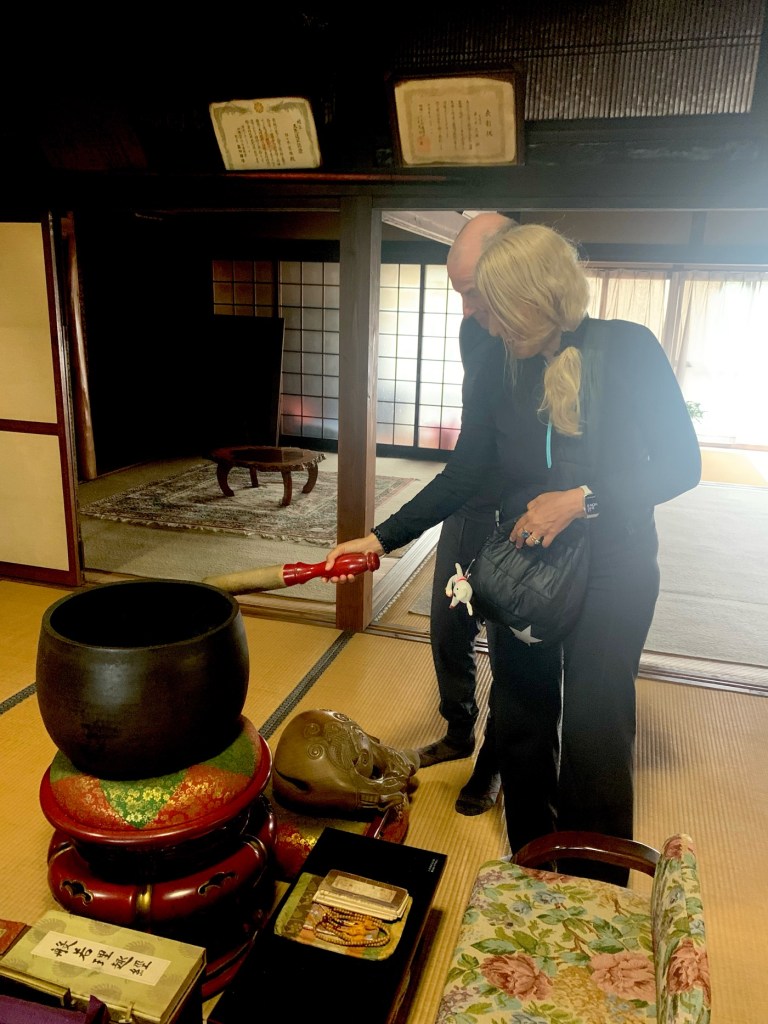
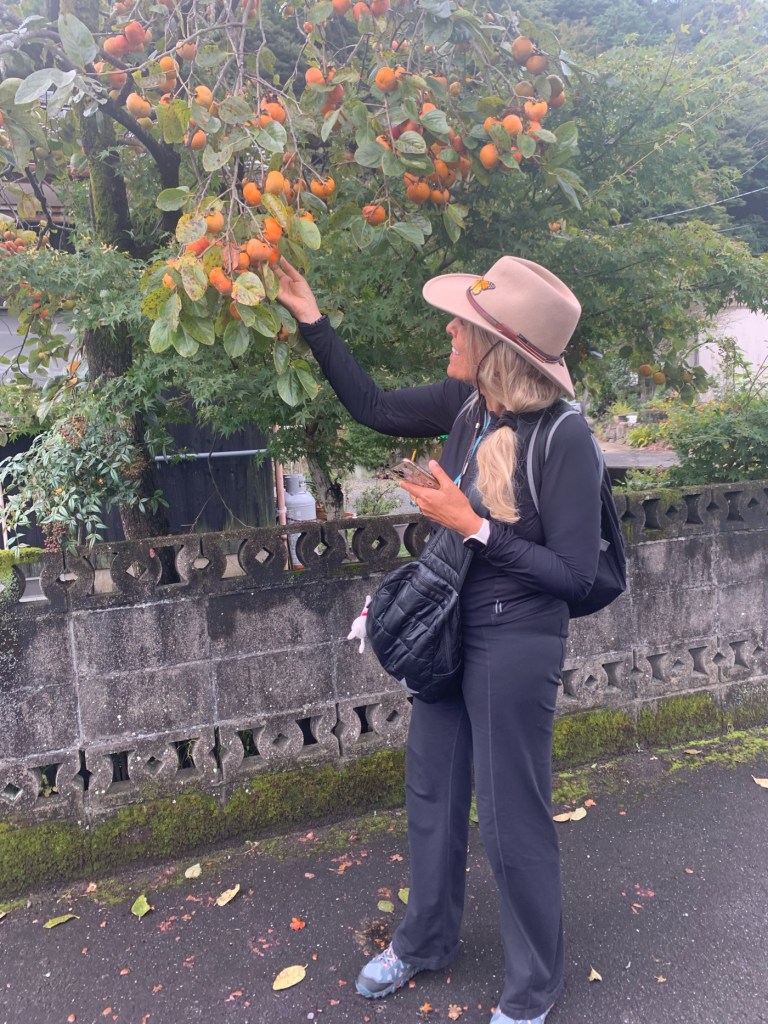
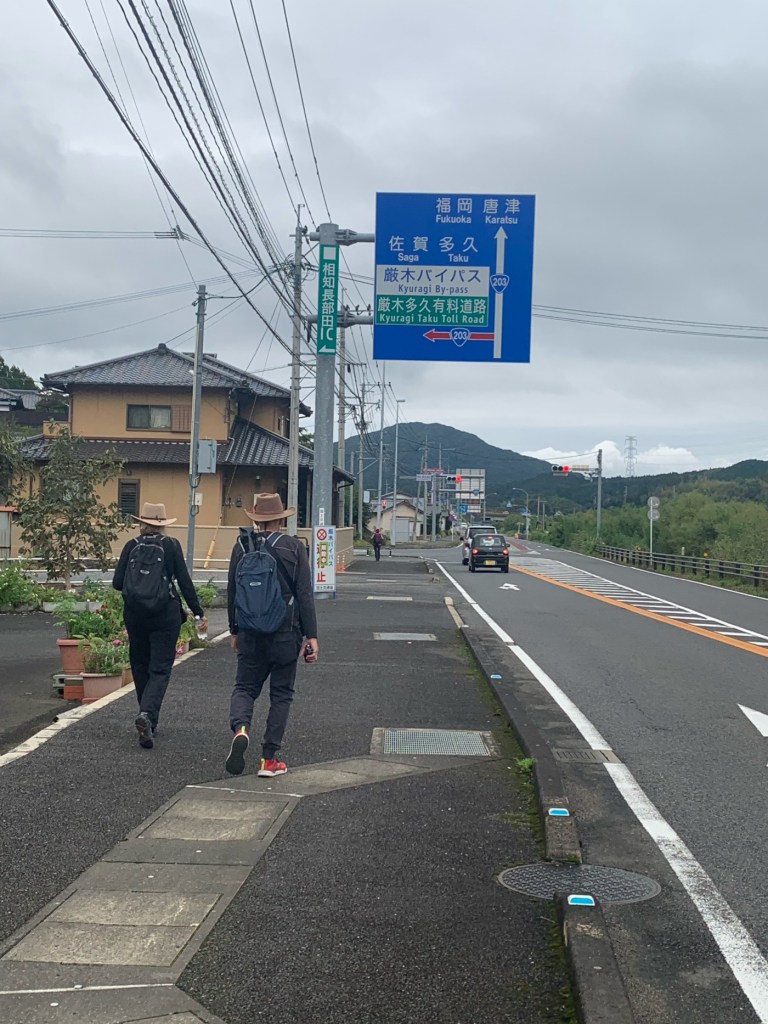



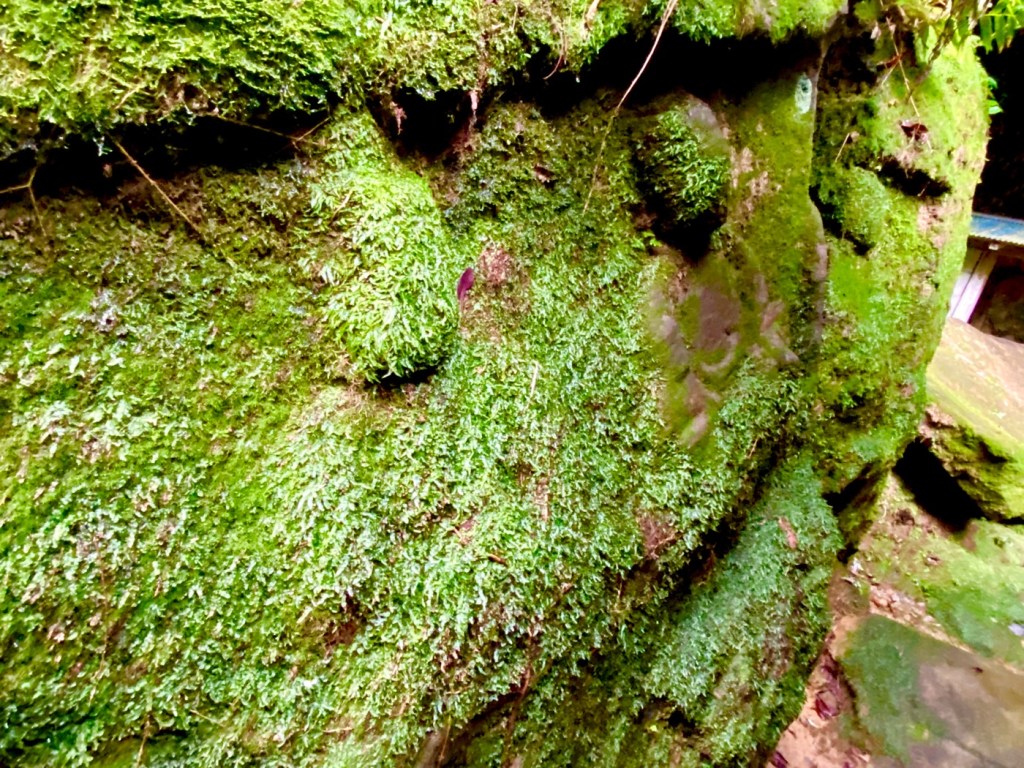




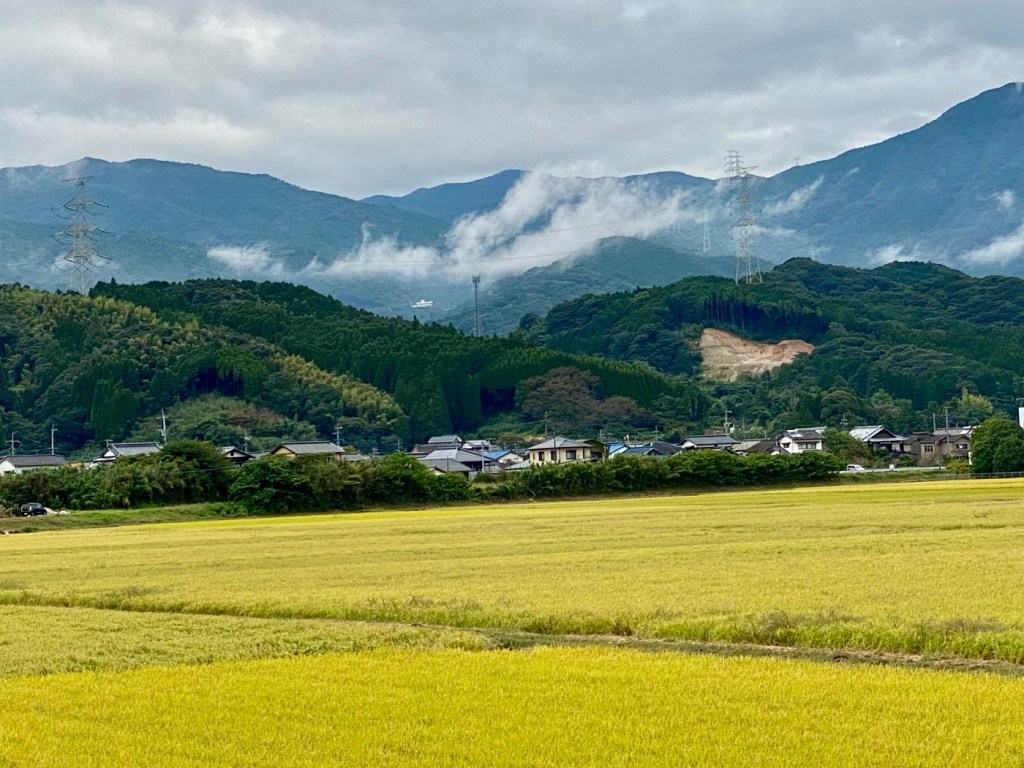





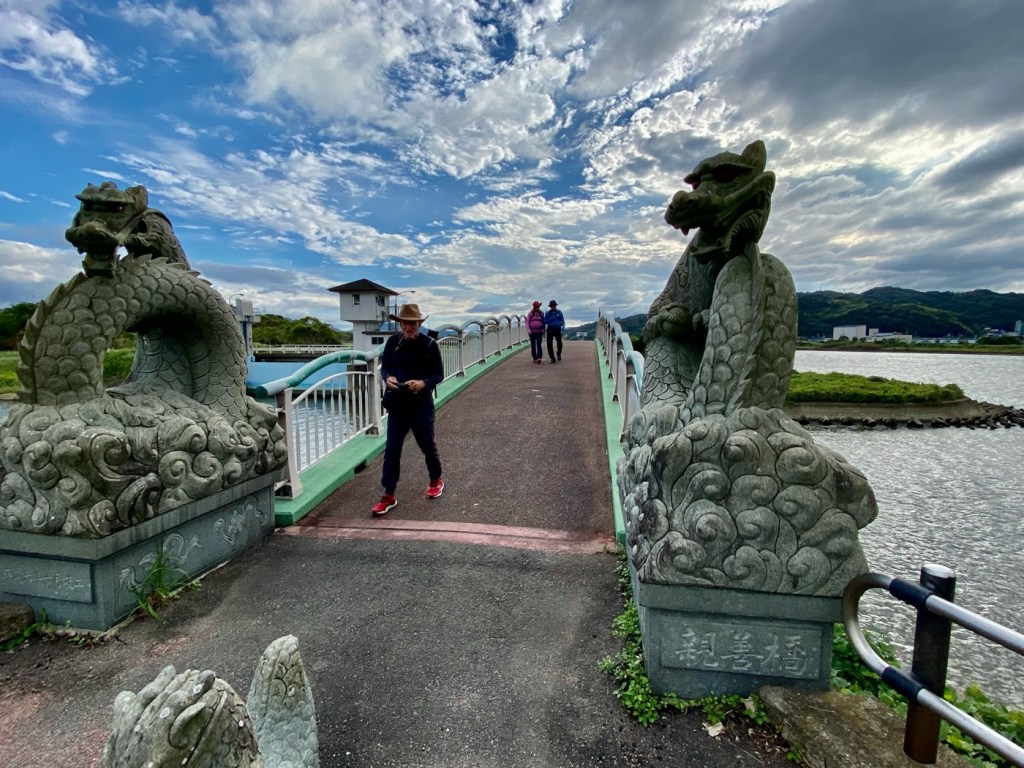




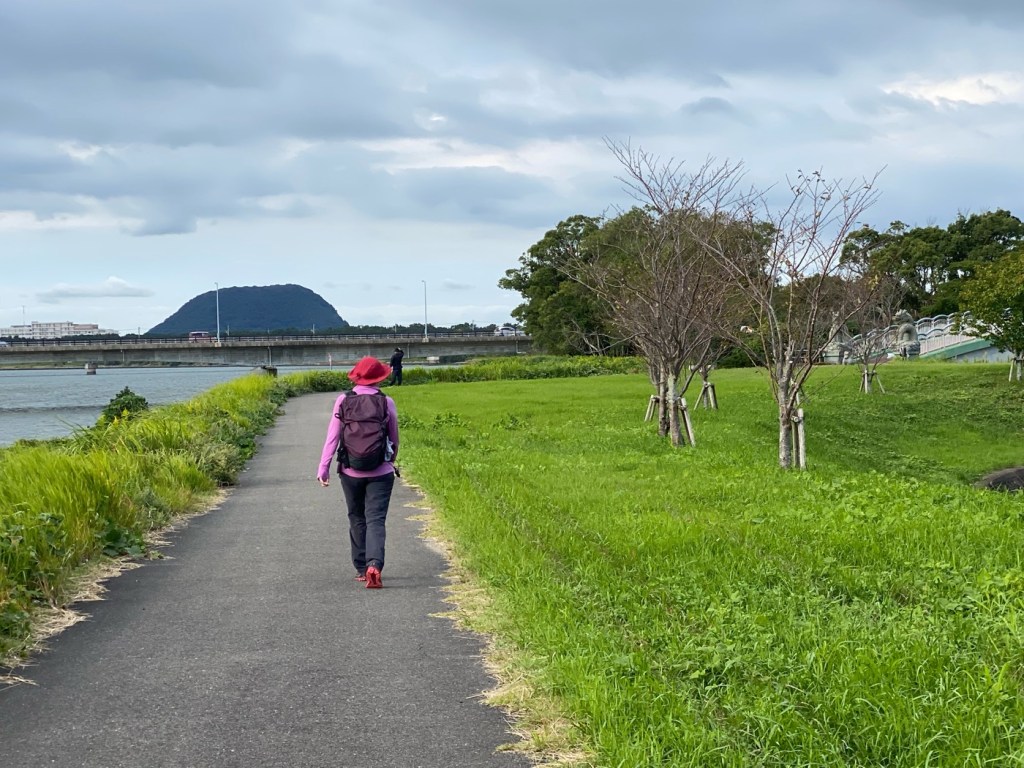



Day 15 - Iwaya to Karatsu, and Visiting The Ancient Rock Carvings in Udono Seki Cave, The Kyushu 108 Temple Pilgrimage, Japan
This morning, we had breakfast in the hotel.
Breakfast was served in a huge hall, resembling a mass wedding full of people first lining up for the buffet and then sitting at huge communal banquet tables.
To make sure we had enough time to reach the temple before closing time, we did the route backwards.
We took the train to Iwaya station, and after visiting the temple, we walked back to Karatsu.
Chinzei Koyasan Kongo Temple #105, is not always occupied, but they do leave the main hall open and stamps for visitors to stamp their own books.
We were lucky and the lady was there when we arrived.
She welcomed us in and gave us each a packet of rice crackers when we left.
It was fun walking with Wendy and Joseph.
Beside their positive and bright outlook, Joseph videotaped our chanting, which I had never had a chance to see before.
They love to walk, and have been hiking and walking in many places around the world.
The principal image of Temple #105 is a statue called Chike Daishi that is believed to ward off evil.
This guardian deity was worshipped at the Shishigajo Castle for many generations.
The remains of the castle are located south of this mountain.
After the decline of the Tsuruta clan, the lord of the castle stayed in Iwaya for a long time.
It was a sunny and warm day, and we chose a path to follow that meandered by the river and went through small villages.
We saw people preparing for a festival, by building the floats and by using a long stick to raise up the electric cables to allow the colorful floats to pass through the streets.
One of the sights that we visited today was an old cave with preserved rock carvings of Buddhas and guardians.
These ancient rock carvings are called Udono Seki Butsugu 鵜殿石仏群, and they are located up on the slopes of a mountain that is hugged by two rivers, the Matsuura River and the Kyuragi River.
The origins of these stone Buddha carvings were described on a sign. I am roughly translating it below:
In the year 806, Kukai (Kobo Daishi) sailed to Tang (China) to practice Buddhism and learn from the Masters.
When he returned from China with his envoys, he stopped at this place and visited the three Buddhas who were carved in a cave here.
They were the Shakyamuni Buddha, the Amitabha Buddha, and the Avalokitasvara Buddha (also known as Kannon or Guanyin, the Bodhisattva of Compassion).
It was written in the chronicle History of Japan (year 1594) that a group of stone Buddhas was carved into the rock surface and that a temple was built here.
We estimate that this was done during the Tencho period (year 824-833).
The ancient carvings were numerous, and about 60 or so still exist.
Currently, the oldest one is from the Nan-Boku Cho period in the 14th century.
The stone Buddha statues were painstakingly carved through the years.
The ones from the Edo period still remain today.
The Udono Stone Buddha cave was used as a training ground for Buddhist monks practicing Mountain Ascetic Esoteric Buddhism from around the 14th century, and remained popular until the Edo period.
In the medieval period, Byodo-il Temple was built here, and in the early modern period, Shingon-Buddhism sect temples were built at the foot of this temple.
There are stone Buddha statues of Jikokuten (the Buddha protecting the east) and Tamonten (the Buddha protecting the north), which were carved in the 14th century.
There is an eleven-faced Kannon and on the south wall, there are the Yakushi Nyoral Medicine Buddha image and the Fudo Myoo image, carved around the 15th to 16th centuries.
Next to it is an image of Fudo Myoo's servant representing the heart of goodness, as it stands holding a snake in its hand.
The rocky mountain on which the Udon Stone Buddha Group is located, was once known as Mt. Udono.
Since ancient times it has been a mystical mountain where practitioners left the human world, and came here to retreat from illusions and to practice Buddhism.
The reason behind the rise of mountain Buddhism on Mt. Udono, was because of the protection of the local Ochi clan which held power here in the 14th century.
We had nice weather and we continued walking for miles on a path by the river, which was quiet and scenic with lots of fields and some fishermen with small boats on the wide river.
Right before the town of Karatsu, we stopped at the Karatsu farmers market, to have a late lunch of udon noodles.
We decided to shop for fruit to eat for dinner, because the heat and the late lunch made it improbable that we would be hungry for dinner.
We walked back to the Onsen hotel in Karatsu, celebrated with a glass of champagne, and went to take a leisurely soak in the hot springs
Sending you many smiles and warm blessings,
Tali
Stats: 31,222 steps
Today’s walk: 21.5 km
Kilometers walked to date: 261.5
Temples visited:
Chinzeikoya-San Kongo Temple #105 金剛寺